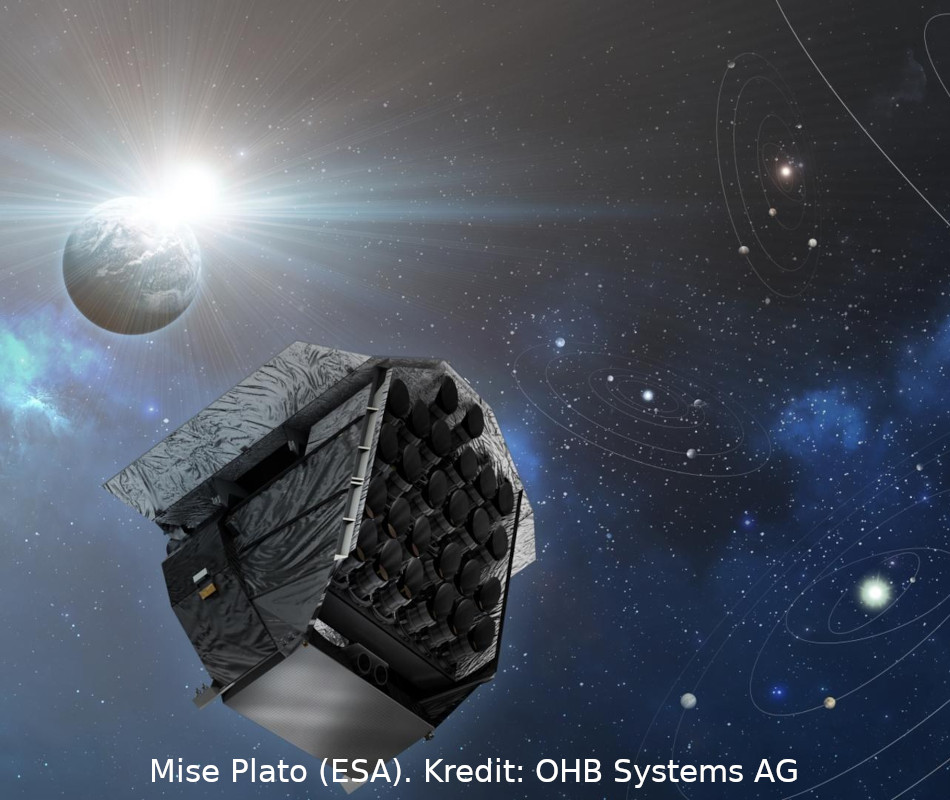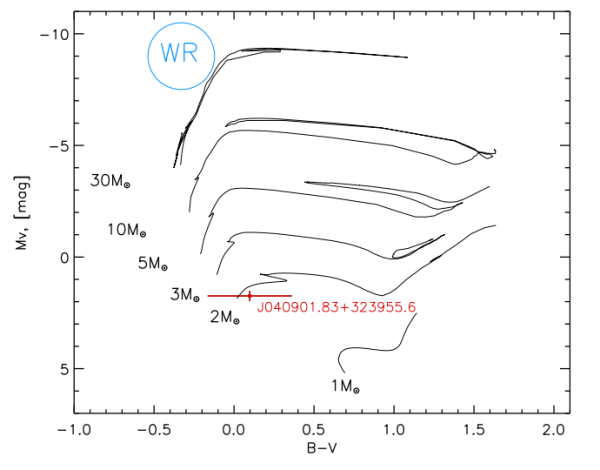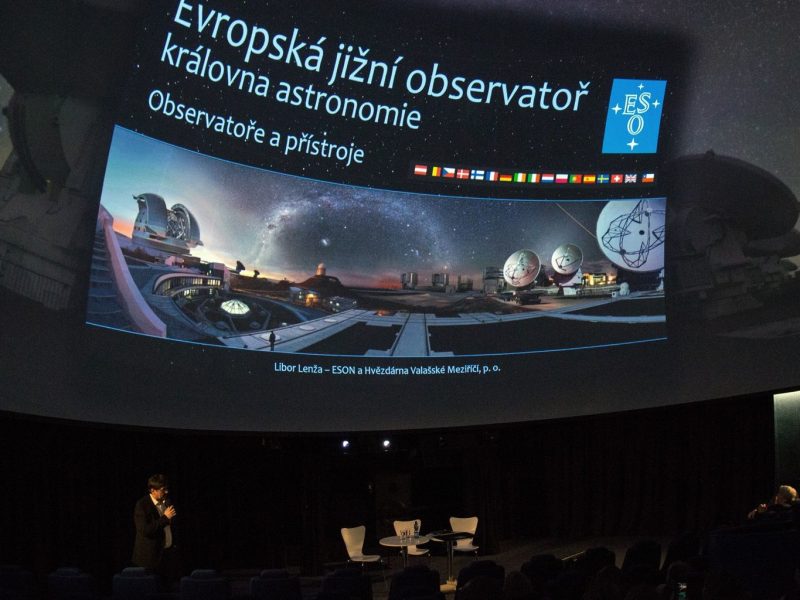Koná se v Planetáriu Praha 28. 3. 2023 od 19.30. Přednáška bude pronesena v angličtině bez tlumočení.
Přednášejí:
Prof. Heike Rauer je ředitelkou Ústavu výzkumu planet Německého střediska pro letectví a kosmonautiku (DRL) a pracuje také pro Svobodnou univerzitu Berlín, kde se v rámci Oddělení věd o Zemi zabývá planetologií. Od roku 2013 vede konsorcium připravující misi PLATO, která navazuje na úspěšné projekty hledačů extrasolárních planet.
Prof. Don Pollaco zasvětil větší část svého profesního života exoplanetám, jejichž studiu se nyní věnuje na Oddělení fyziky Univerzity ve Warwicku. V konsorciu mise PLATO je v roli vědeckého koordinátora.
The PLATO Mission: Finding the habitable planets in the local Universe
PLATO (PLAnetary Transits and Oscillations of stars) is ESA’s M3 mission, scheduled for launch end 2026. PLATO will provide high-precision, long-term photometric and asteroseismic data of a large number of stars to detect and characterize extrasolar planets, including terrestrial planets in the habitable zone of solar-like stars. PLATO will characterize planets in its core sample (V<11) for their radius via the transit method and determine their masses via ground-based radial-velocity follow-up. Asteroseismology will provide precise ages of planet host stars. A large sample of stars with V<13 will provide statistical information on detected exoplanets of all kinds. The PLATO data base of characterized planets will form a solid basis to put the Solar System into a wider context and allow for comparative exo-planetology. In addition, the precise stellar parameters obtained by asteroseismic studies will open new doors to better understand stellar interiors and allow us to constrain poorly-understood physical processes, like convection, improve our understanding of stellar evolution, and determine precise ages of stars and planetary systems.
The PLATO instrument consists of 24 cameras on a common optical bench with a total field-of-view (FoV) of about 2150 deg2, operating in white light. Two additional cameras serve as fine-guidance sensors and observe very bright stars (V<8.5) in red and blue light, respectively. A guest observer program open to the community upon an ESA call will allow observing additional targets in the PLATO FoV.
Odkaz na vědeckou konferenci, , která se koná 27. – 30. 3. 2023 v Praze – https://stel.asu.cas.cz/platoweek/.



